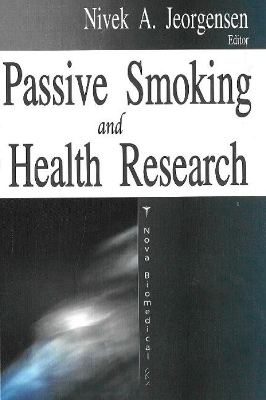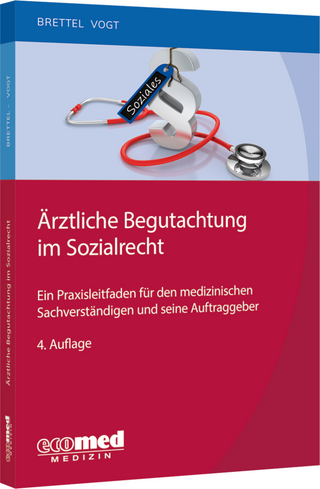
Passive Smoking & Health Research
Nova Science Publishers Inc (Verlag)
978-1-60021-382-3 (ISBN)
Breathing other people's smoke is called passive, involuntary or second-hand smoking. The non-smoker breathes "sidestream" smoke from the burning tip of the cigarette and "mainstream" smoke that has been inhaled and then exhaled by the smoker. Second-hand smoke (SHS) is a major source of indoor air pollution. Tobacco smoke contains over 4000 chemicals in the form of particles and gases. Many potentially toxic gases are present in higher concentrations in sidestream smoke than in mainstream smoke and nearly 85% of the smoke in a room results from sidestream smoke. The particulate phase includes tar (itself composed of many chemicals), nicotine, benzene and benzo(a)pyrene. The gas phase includes carbon monoxide, ammonia, dimethylnitrosamine, formaldehyde, hydrogen cyanide and acrolein. Some of these have marked irritant properties and some 60 are known or suspected carcinogens (cancer causing substances). The Environmental Protection Agency (EPA) in the USA has classified environmental tobacco smoke as a class A (known human) carcinogen along with asbestos, arsenic, benzene and radon gas. How does this affect the passive smoker? Some of the immediate effects of passive smoking include eye irritation, headache, cough, sore throat, dizziness and nausea. Adults with asthma can experience a significant decline in lung function when exposed, while new cases of asthma may be induced in children whose parents smoke. Short term exposure to tobacco smoke also has a measurable effect on the heart in non-smokers. Just 30 minutes exposure is enough to reduce coronary blood flow. In the longer term, passive smokers suffer an increased risk of a range of smoking-related diseases. Non-smokers who are exposed to passive smoking in the home, have a 25 per cent increased risk of heart disease and lung cancer.
Preface; Environmental Tobacco Exposure and Respiratory Disease; Passive Tobacco Smoking and Health Research; Passive Smoking Exposure and Cardiovascular Health; Effects of Passive Smoking on the Levels of Coronary Artery Disease Risk Factors and Non-Enzymatic Antioxidants; Passive Smoking as a Conditioner of Food Habits and Nutritional Status: Repercussions on Health; Vitamin C Intake: Types of Foods Consumed and Meal Pattern Differences in Children with High or Low Exposure to Environmental Tobacco Smoke; The Effect of Passive Smoke on the Concentration of Selected Elements and their Mutual Relationships in Deciduous Teeth; Passive Smoking and Cancer Risk in Companion Animals: Sentinels for Health Effects in Humans; Environmental Tobacco Smoke and Cancer; Passive Smoking: Assessing the Health Impact on Children; Evidence of a Link Between Gestational and Infantile Passive Smoking with Colic; Prenatal Exposure to Air Pollution and Respiratory Outcomes in Children; Passive Smoke and its Effects on Asian Americans; Worker Exposure to Environmental Tobacco Smoke in Smoking-Restricted Restaurants and Bars; Effectiveness of an Educational Intervention on Exposure to Environmental Tobacco Smoke for Low Income Patients; Chapter 16. Are Tobacco Funds used for Evidence-Based Tobacco Prevention Curricula?; Index.
| Erscheint lt. Verlag | 1.4.2007 |
|---|---|
| Zusatzinfo | Illustrations |
| Verlagsort | New York |
| Sprache | englisch |
| Maße | 260 x 180 mm |
| Gewicht | 1020 g |
| Themenwelt | Medizin / Pharmazie ► Medizinische Fachgebiete ► Arbeits- / Sozial- / Umweltmedizin |
| Sozialwissenschaften ► Soziologie | |
| ISBN-10 | 1-60021-382-0 / 1600213820 |
| ISBN-13 | 978-1-60021-382-3 / 9781600213823 |
| Zustand | Neuware |
| Haben Sie eine Frage zum Produkt? |
aus dem Bereich


